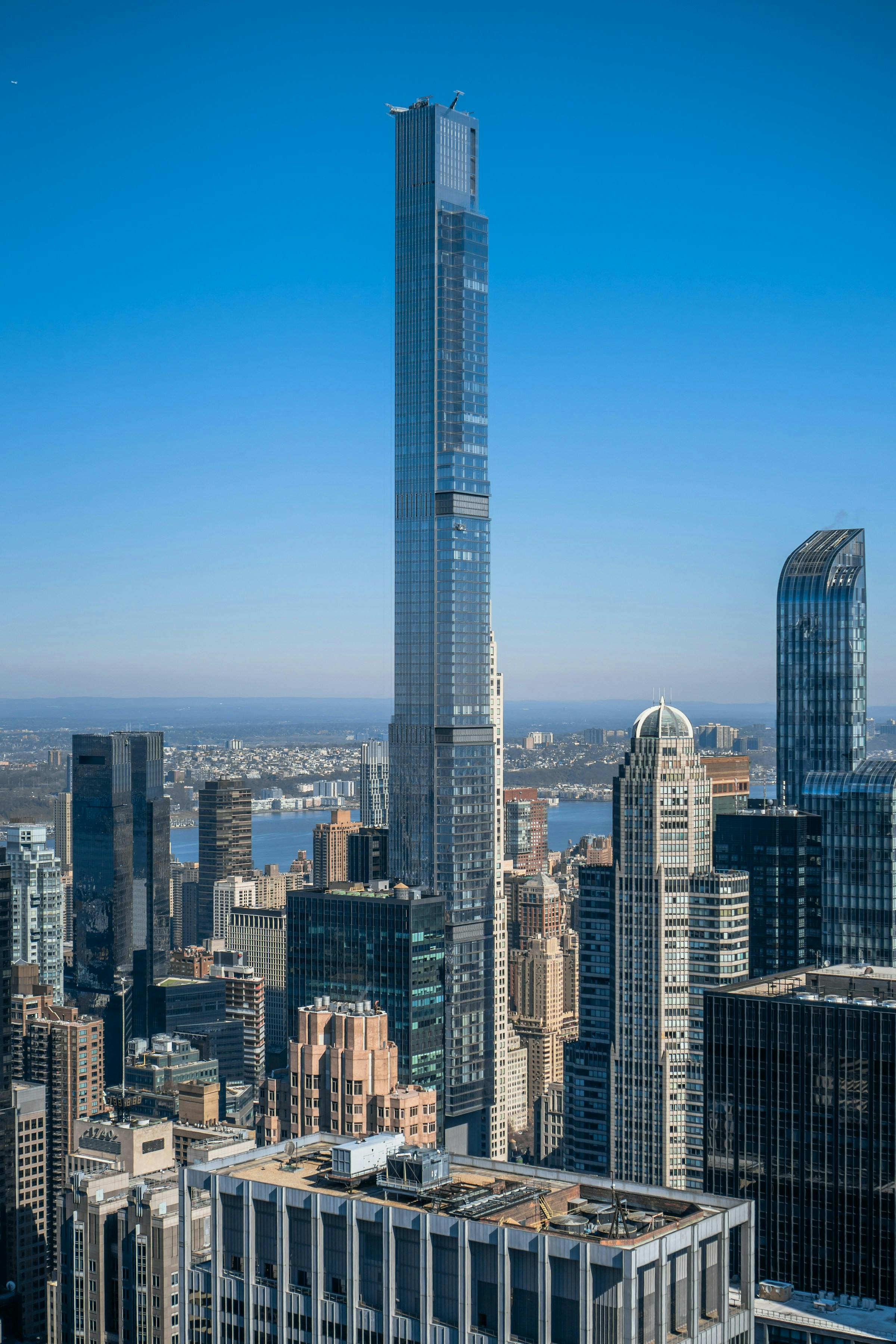Transfer of Development Rights (TDRs): Trading Air Rights for Value
Development Site Advisors®
Transfer of Development Rights (TDRs): Trading Air Rights for Value
In a dense, built-out city like New York, land is finite—but floor area is a tradable asset. Through the Transfer of Development Rights (TDR) program, also known as “air rights transfers,” property owners can sell unused development potential from one lot to another, creating value where physical expansion isn’t possible.
For developers, TDRs represent a powerful tool to increase allowable bulk, aggregate larger development footprints, and unlock value in constrained zoning environments. But the process is highly regulated and requires strategic guidance to execute successfully.
What Are Air Rights?
Each zoning lot in NYC is assigned a maximum floor area ratio (FAR), which determines how much floor area can be developed on the site relative to lot size. When a building uses less than the maximum allowable FAR, the unused development rights—or "air rights"—can, under certain conditions, be transferred to an adjacent or qualifying lot.
For example, a 10,000 SF lot with a FAR of 6.0 allows up to 60,000 buildable square feet. If the existing building is only 30,000 SF, the remaining 30,000 SF of development rights may be eligible for transfer.
Types of TDR Mechanisms in NYC
There are two main TDR pathways:
1. Zoning Lot Merger (Contiguous TDRs)
The most common form, this allows transfers between adjacent lots that are merged into a single zoning lot (even if under different ownership). Commonly used for assemblages.
- Must be within the same zoning district
- Requires a zoning lot declaration and legal agreement
- Often used in Midtown, Tribeca, and parts of Brooklyn
2. Special District TDR Programs (Non-Contiguous)
Certain Special Purpose Districts allow non-adjacent transfers—often from landmarked buildings or city-owned sites.
- Theater Subdistrict (Midtown): Air rights from landmarked theaters
- South Street Seaport, High Line, and Hudson Yards: Structured TDR programs tied to public amenities
- Landmark Transfers: Designated landmarks can sell unused FAR to nearby sites with Landmarks Preservation Commission (LPC) approval
Why TDRs Matter to Developers
When available, TDRs offer major advantages:
- Boost FAR: Expand project size beyond as-of-right limits
- Maximize value: TDRs often command premium pricing in dense areas
- Avoid full rezoning: Increase density without a ULURP process
- Preserve historic structures: Landmarks can monetize air rights without demolition
In prime submarkets—like Midtown, the Lower East Side, and Downtown Brooklyn—TDRs can be the linchpin to feasibility for tall residential, hotel, or office towers.
Challenges and Considerations
TDR transactions involve multiple layers:
- Legal (declarations, cross-lot agreements, title considerations)
- Architectural (massing’s must conform to envelope limits)
- Regulatory (zoning approvals, DOB filings, LPC coordination for landmarks)
- Market (pricing for air rights varies dramatically by submarket)
Due diligence is essential—especially when pairing TDRs with other zoning tools like Inclusionary Housing bonuses or tower-on-a-base frameworks.
How Development Site Advisors® Can Help
Our team has executed numerous TDR-driven sales and development strategies. We support clients by:
- Identifying air rights availability and valuation
- Structuring zoning lot mergers or landmark transfers
- Modeling additional FAR feasibility and design options
- Marketing and transacting air rights for both sellers and buyers
We help clients leverage underutilized development rights to scale up projects and unlock hidden land value—on both sides of the deal.
Curious how many square feet you can buy or sell?
Contact us for a zoning lot merger or TDR feasibility study—and let us show you what’s possible above the roofline.

